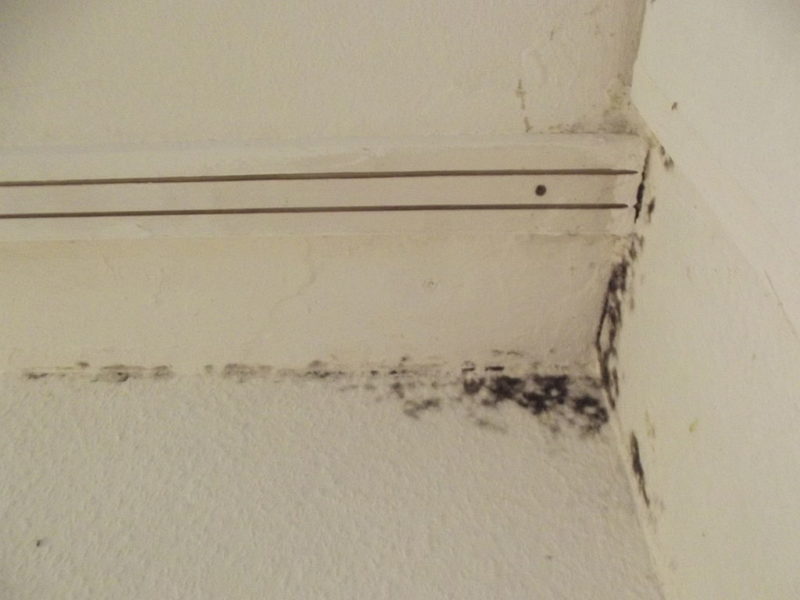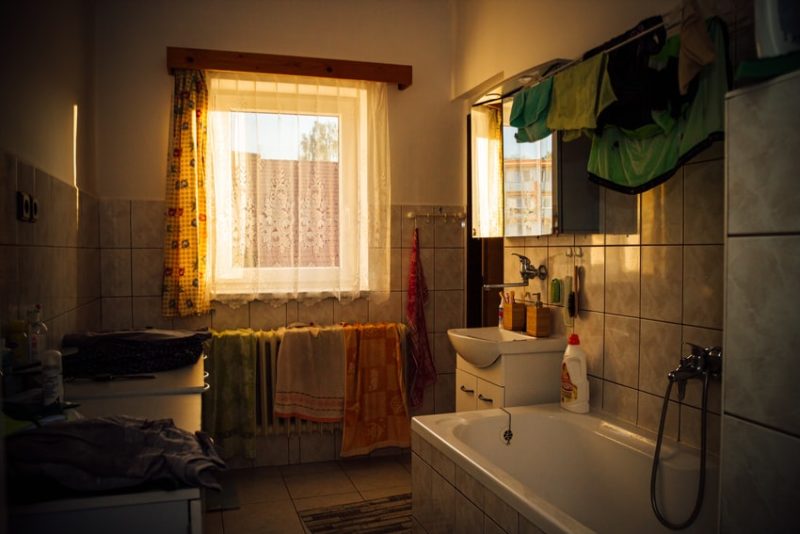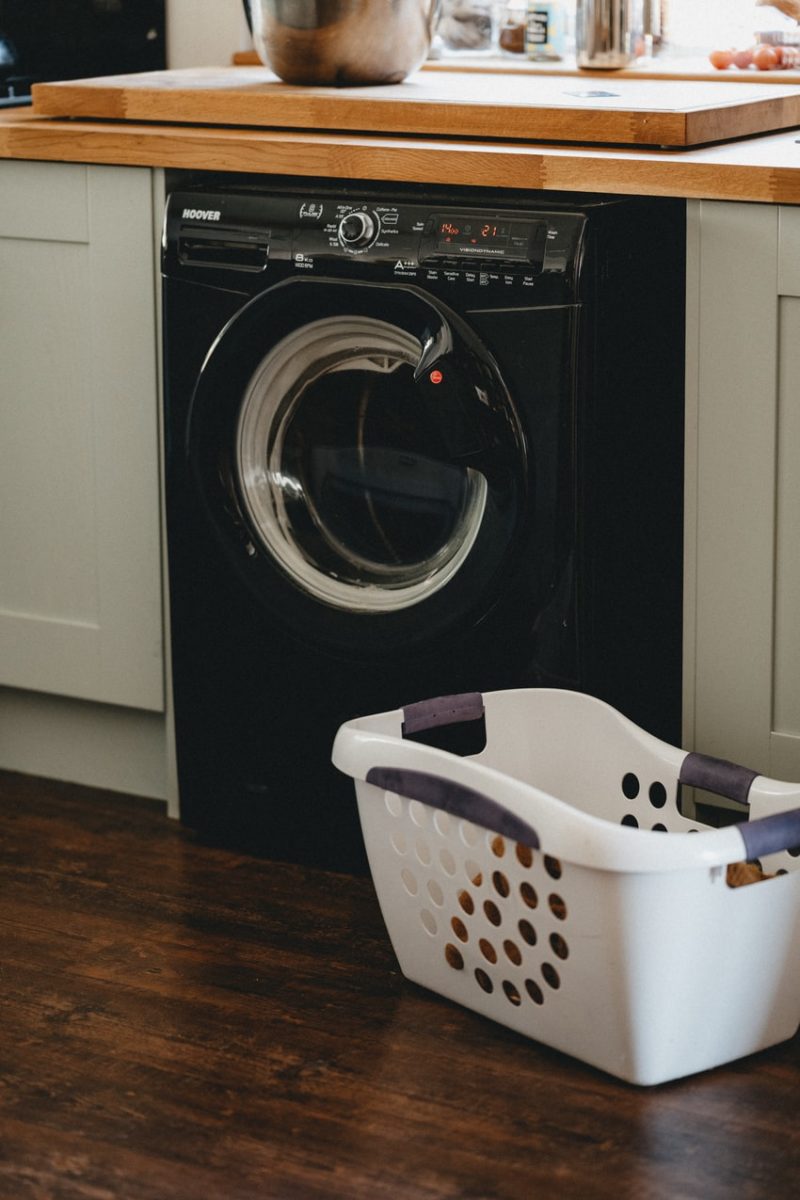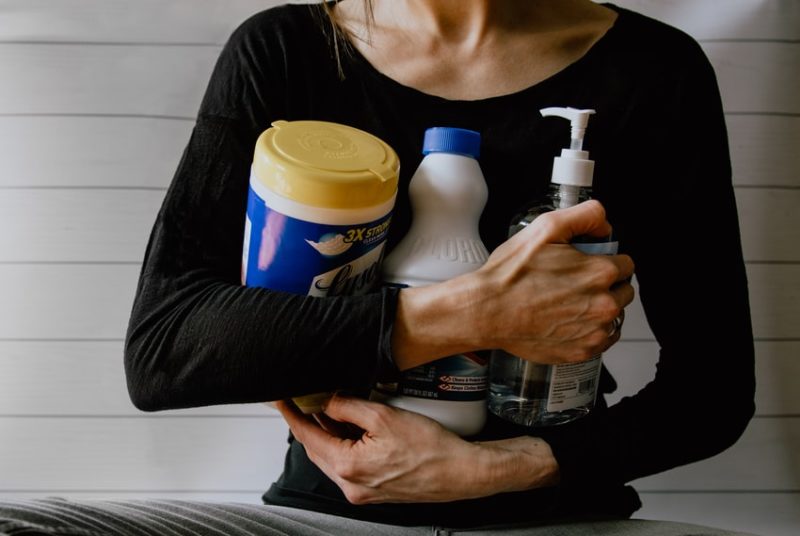Removing Black Mold: DIY Mold Removal or Professional Help?
Mold may seem like a tiny problem at a glance but despite its microbial size, it’s actually a big problem for any household. They also come in different shapes, sizes, and types but the worst type of mold is black mold.
The scientific name for black mold is Stachybotrys chartarum or Stachybotrys atra. Although they’re called black mold, they actually come in a greenish color as well. The way to detect black mold is through their appearance and first by their scent.
NordhornerII, CC BY-SA 4.0, via Wikimedia Commons
Dangers of Black Mold
When exposed to this, you can become very sick due to its high amount of mycotoxins. When inhaled, it can cause significant health and lung problems. These types of mold love to grow on softer surfaces but they can also grow on harder surfaces.
The average mold can grow for months or even years without being noticed. On softer surfaces, they would be difficult to remove compared to harder surfaces. They also thrive in moist areas. For example, when the interior of a kitchen cabinet becomes moist, it can be prone to mold growth. This can be a huge problem if you’re keeping food and other kitchen goods since cross-contamination could occur.
Pests and mold go hand in hand. When there’s mold, there’s a high probability that there are pests. In fact, insects such as cockroaches, millipedes, and slugs are attracted to mold. The smell can also invite other bugs. This can be another big problem if left unchecked. After all, who wants their home to be full of bugs and insects?
What Causes Black Mold?
What attracts mold? More importantly, what causes them to grow in the first place?
Mold needs two things to grow— material and moisture. Mold spores are everywhere and when an area is moist and left uncleaned, mold is most likely to grow and thrive. They will grow in conditions that are dark, damp, and unventilated. Also, the less they are disturbed, the more they can grow.
However, there are instances where mold can grow in cooler temperatures. These types of mold can grow on carpets, fabric, and wooden surfaces with ease.
Most of the time, we want our home to be warm and dry. Sometimes leaks or water damage happens and can cause mold growth. The main key to mold growth is moisture and dampness. For example, hot water heaters, fridge, or the dishwasher can sometimes leak and might go unnoticed— causing potential mold growth.
Other sources of mold growth include leaky pipes, crawlspaces, basements, leaky windows, and even door frames. Poor ventilation can also contribute to mold growth. Mold spores don’t grow well in breezy environments but they love closed spaces such as kitchen cabinets, bathrooms, attics, and basements.
Removing Black Mold
The best way to remove black mold is with professional help. The main solution is to remove the source which we all know by now is moisture. Professionals do this by first examining the problem and finding the source. After that, they will clear out the house, filter the air, kill the mold with EPA-approved biocide, and spray it with an encapsulant.
Most of the time, we don’t have access to biocide and maybe we want to try getting rid of the mold by ourselves due to financial reasons. There are a few ways you can remove mold on your own.
Before you tackle the problem head-on, it’s important to wear protective clothing or gear. The next step is to find the source of moisture. If it’s a leaky pipe or roof then you should fix those issues first before removing mold. Once you’ve fixed the main sources, you have to seal the affected areas with heavy-duty plastic to make sure the mold spores don’t spread.
Then, it’s time to remove any water-damaged materials such as carpets, drywall, or fabric and put them in a clean area to dry for the next 48 hours. If these items show mold growth then you’ll have to throw them out.
After that, remember to scrub hard surfaces with detergent. Some other alternatives for detergent are hydrogen peroxide, vinegar, tea tree oil, and baking soda. Once you’re done, clean all of the surfaces, and to prevent mold from coming back, the room must be cleaned thoroughly. However, if moisture enters the area again, it can trigger mold growth.
The final step is to dispose of all mold-cleaning equipment. This includes clothing, sponges, and all cleaning materials you used during the process of cleaning the space.
Should You Get Professional Help?
DIY mold removal and professional mold removal has its own perks and drawbacks. Professional help will do the job for you in less than a week at a higher cost. DIY mold removal will cost you lower fees but it’s only safe and effective if done with the right equipment. DIY mold removal also takes more time and can take weeks.
Of course, this all depends on the severity of the mold problem. A tiny spot of musty mold or mildew may be easier to get rid of on your own. A bigger issue such as a contaminated basement will require professional help because a basement is a much more complex space and will require special tools.
In conclusion, it all depends on the severity of the problem but if you are unsure about what to do, getting professional help for mold removal is always the best choice.














